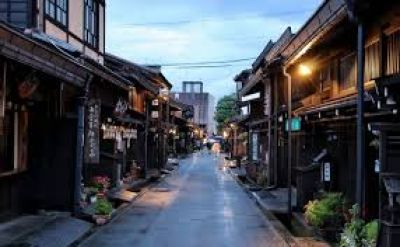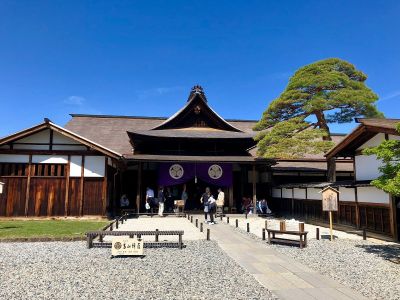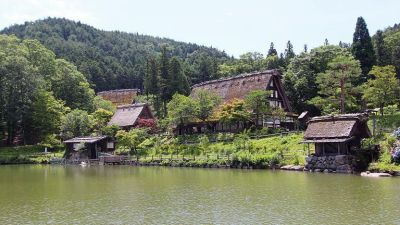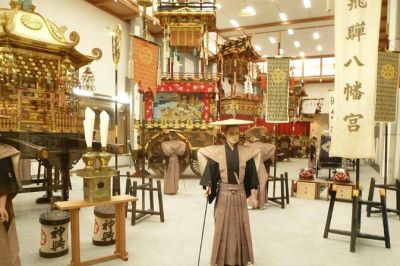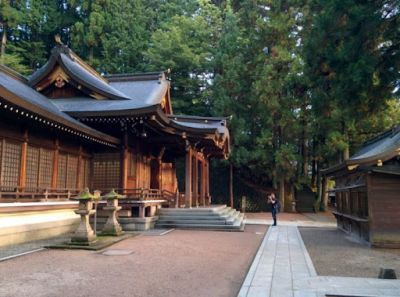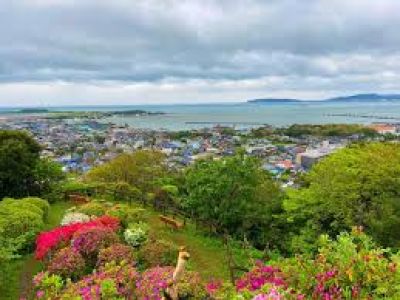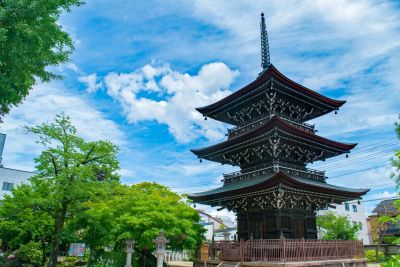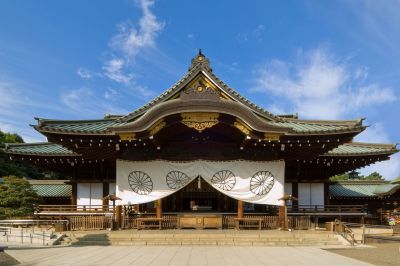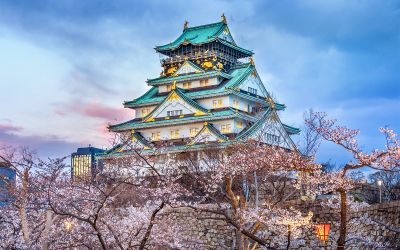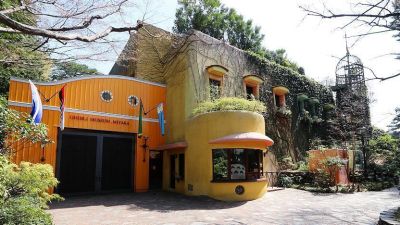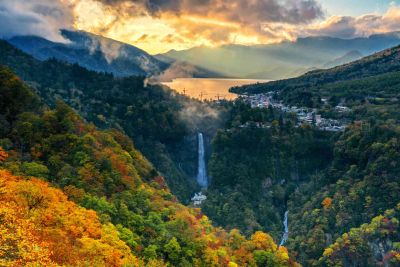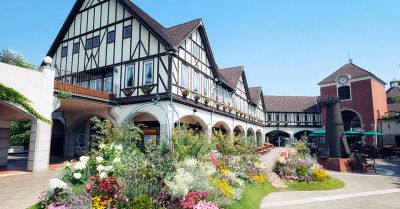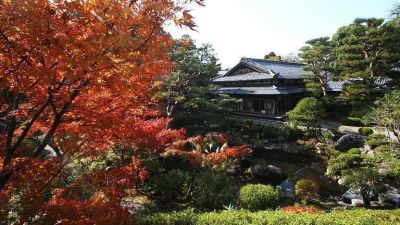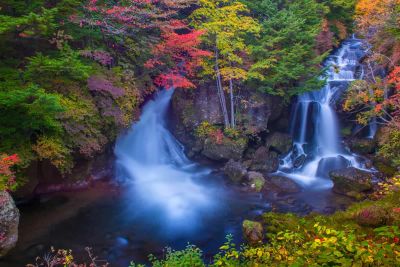Higashiyama Walking Course, Takayama, Japan
The Higashiyama Walking Course is a splendid trail that allows tourists to step back in time and experience the historical charm of Takayama, located in the heart of the Japanese Alps. Takayama, known for its well-preserved Edo period streets, has a rich tourism history that intertwines with its cultural and natural offerings.
History of Tourism in Takayama
The history of tourism in Takayama dates back to the Edo period, where the area was popular among travelers and pilgrims due to its proximity to the Shokawa River, providing easy access to various temples and shrines. With the opening of the Nakasendo Route, a significant trading path connecting Kyoto and Edo (modern-day Tokyo), Takayama's status as a tourist destination rose significantly.
In the 20th century, with the advancement of transportation and the appreciation for cultural heritage, tourists began flocking to Takayama for its unique festivals, traditional architecture, and the scenic beauty of its surroundings. The Higashiyama Walking Course became an integral part of the Takayama tourism experience, as it encapsulates the essence of the region's historical significance and natural beauty.
About the Higashiyama Walking Course
The Higashiyama Walking Course meanders through the eastern mountains of Takayama, passing by the ruins of Takayama Castle, several temples, shrines, and the iconic Shiroyama Park. This path traces the same routes once taken by feudal lords and samurai and is a well-preserved window into Japan's storied past.
The course stretches for approximately 3.5 kilometers and can be completed in about one to two hours, depending on one's pace. It is an easy-to-walk trail that offers not only a historical journey but also a tranquil retreat among lush greenery and seasonal blossoms.
Latest Tourism Trends in Takayama
The latest trends in tourism in Takayama reflect a broader shift toward sustainable travel and authentic experiences. There is an increasing interest in eco-tourism, with visitors seeking out ways to enjoy Takayama's natural environments responsibly. Additionally, experiential travel has gained popularity, where tourists engage in activities like traditional crafts, cooking classes, and sake tasting to immerse themselves in the local culture.
The Higashiyama Walking Course has benefited from these trends, as it offers a peaceful, environmentally friendly way to explore Takayama's historical landmarks. The path attracts both domestic and international travelers who want to enjoy the scenery at their own pace and disconnect from the hustle and bustle of city life.
Moreover, with the rise of social media, younger travelers are discovering Takayama and the Higashiyama Walking Course through platforms like Instagram, where the picturesque views and historical sites provide ample photogenic opportunities.
Conclusion
The Higashtraiyama walking course is a cornerstone of Takayama's tourism offerings, providing visitors with a balanced mix of history, culture, and natural beauty. As the town continues to embrace its past while adapting to new tourism trends, Takayama, and particularly the Higashiyama Walking Course, will remain a treasured destination for those seeking an authentic Japanese experience.

